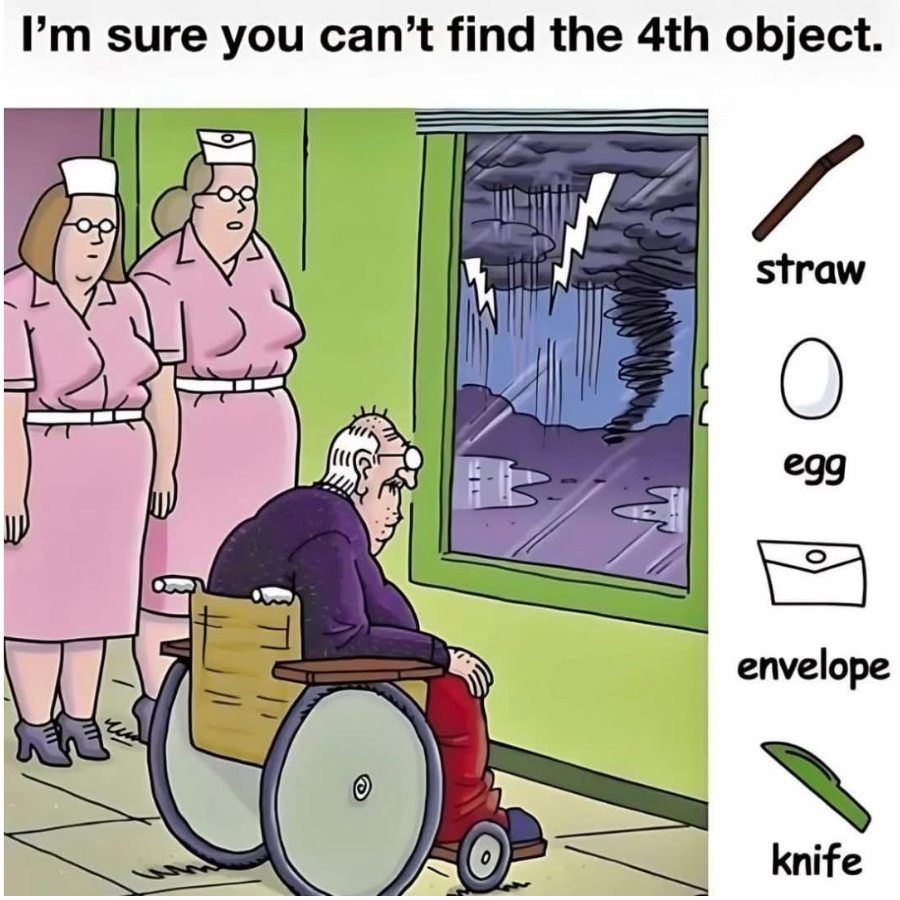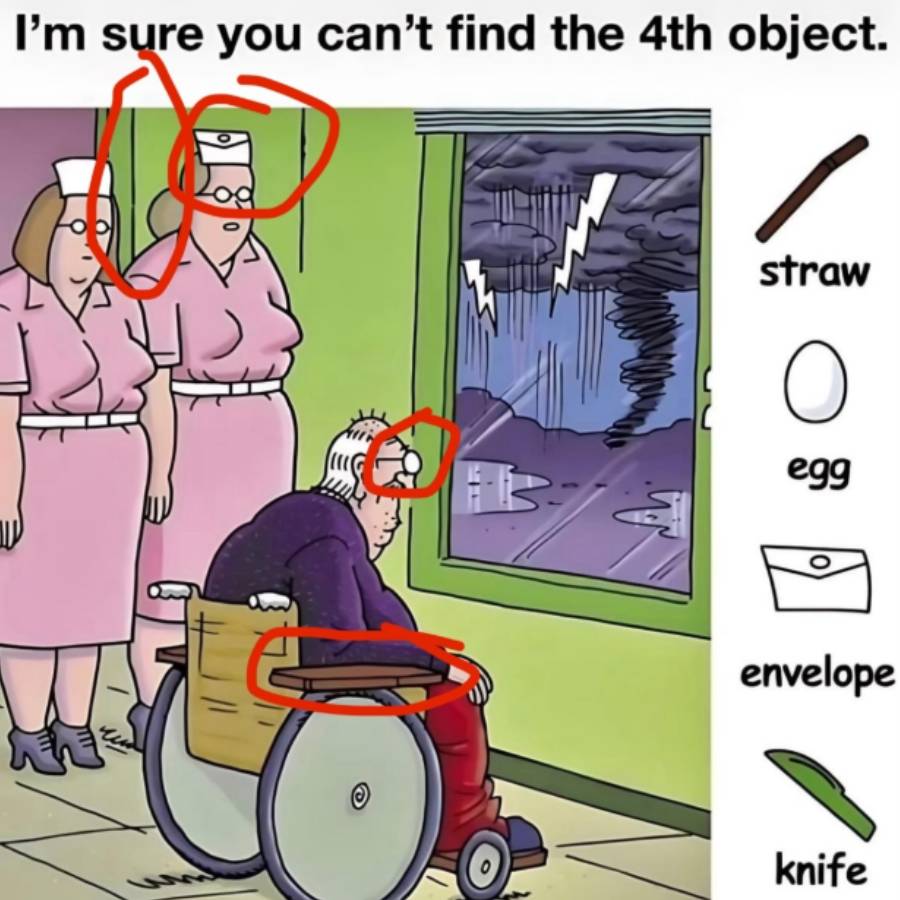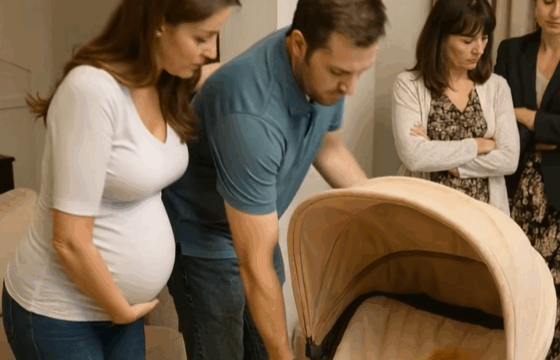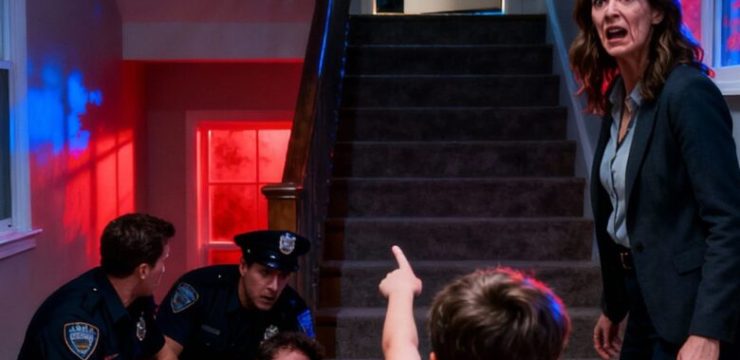Have you ever looked at an image thinking, “This will be easy,” only to find yourself completely stumped just moments later? If so, you’re in good company. This particular puzzle has left many people scratching their heads, second-guessing their eyesight, and staring at the same picture far longer than they ever expected. The image looks simple enough at first glance, but there are four objects cleverly hidden in plain sight, and finding them all is much harder than it sounds.

Don’t be fooled by the clean layout or the seemingly ordinary background—this challenge is all about sharp observation, attention to detail, and thinking outside the box. What makes this puzzle so frustratingly fun is the fact that everything you need to see is right in front of you. The objects aren’t behind anything, and there’s no need to adjust your screen or tilt your head. They’re just carefully camouflaged using the colors, patterns, and shapes of the background. It’s the kind of visual trickery that really pushes your brain to slow down and process each part of the image carefully. Some people breeze through it, spotting the first one almost immediately, but then the remaining three suddenly seem to vanish into thin air. Others stare at the photo for minutes and can’t even locate the first object. So, what’s the trick? It comes down to patience, focus, and resisting the urge to overthink it.
To help you out—or confirm that your guesses were correct—let’s go ahead and walk through the locations of the hidden items. The first hidden object is nestled neatly in the upper left corner of the image, almost blending perfectly with the shadows and shading. It’s positioned in such a way that it mirrors part of the background, which makes it nearly invisible unless you’re scanning that area closely. The second object is located near the center of the picture, tucked next to a feature that draws the eye but doesn’t immediately stand out as suspicious. It’s cleverly positioned to mimic the design lines around it, fooling you into thinking it’s just part of the background.
The third object is placed low and to the right, right where most people stop looking after they’ve scanned the middle. Its color perfectly matches the floor pattern, making it seem like nothing more than a natural part of the scene. Finally, the fourth and most difficult object is hidden just above the bottom edge on the left side, where you wouldn’t think to look unless you were intentionally double-checking every section. Its shape mimics nearby elements so well that even when you think you’ve found it, you might hesitate before being fully convinced. So, how did you do? Did you find all four on your own, or did one or two manage to escape your attention? Don’t worry—solving visual puzzles like this isn’t just about being observant; it’s also about training your brain to look beyond the obvious.
These kinds of challenges are great for sharpening focus and keeping your cognitive skills in top shape. Plus, there’s something incredibly satisfying about finally spotting that last elusive object after minutes of searching. If you enjoyed this puzzle, share it with your friends or family and see how they do. It’s always fun to turn it into a little competition—who can find all four the fastest? Chances are, someone will miss at least one, and the playful teasing that follows makes it all the more entertaining. You might even find yourself wanting to try a few more puzzles like this just to keep your skills sharp.

In a world where we’re constantly multitasking and rushing through everything, taking a moment to slow down, concentrate, and engage with something visual and interactive is more valuable than ever. It’s a simple exercise, but it reminds us of the joy that comes from solving a problem using nothing more than our eyes and our minds. So next time you see a picture challenge like this, don’t underestimate it. You might think you’ve got it all figured out, but there’s a good chance it’ll catch you off guard. And when that happens, just remember—it’s not about how quickly you solve it, but how carefully you look.





